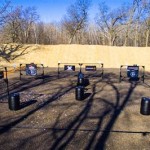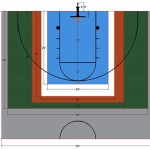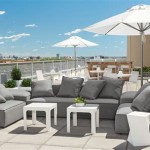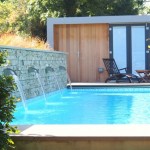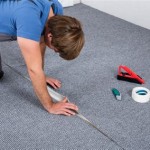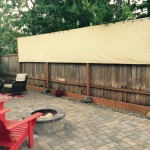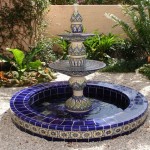Essential Considerations for Designing Outdoor Playgrounds for Toddlers
Creating outdoor play spaces that cater to the needs of young toddlers is crucial for their physical, cognitive, and social development. This article outlines essential aspects to consider when designing outdoor playgrounds for toddlers:
Age-Appropriate Equipment
Select equipment that is specifically designed for toddlers, with low heights, easy-to-grip handles, and smooth surfaces. Avoid using equipment with sharp edges or protruding parts that could pose safety hazards.
Sensory Stimulation
Incorporate elements that stimulate toddlers' senses, such as sandboxes, water tables, musical instruments, and sensory panels with different textures and sounds. This exposure to diverse sensory experiences enhances their learning and development.
Safety First
Ensure the playground is well-maintained with regular inspections and repairs. Provide adequate cushioning surfaces around play equipment to minimize the risk of injuries. Install impact-absorbing flooring materials such as rubber or wood chips.
Fencing and Supervision
Enclose the playground with secure fencing to prevent toddlers from wandering off. Designate a supervised area where adults or designated caregivers can monitor the children as they play.
Socialization and Play Value
Create designated play zones that encourage social interaction and imaginative play. Include sandpits, playhouses, and water features where toddlers can engage in cooperative games and develop their social skills.
Shade and Weather Protection
Provide ample shade with shelters or trees to protect children from the sun's harmful UV rays. Consider installing windbreaks or protective structures to mitigate inclement weather conditions.
Accessibility
Make the playground accessible to toddlers of all abilities. Install ramps, handrails, and accessible equipment to ensure inclusive play for children with physical or cognitive challenges.
Hygiene and Sanitation
Maintain a clean and hygienic environment by providing handwashing stations and regularly cleaning and disinfecting equipment. Ensure that play surfaces are free of contaminants and hazards.
Nature Integration
Incorporate natural elements such as trees, plants, and water features into the playground design. This exposure to nature enhances children's appreciation for the environment and promotes physical activity.
Community Involvement
Encourage community involvement in the playground's design and maintenance. Engage local parents, educators, and neighborhood groups to foster a sense of ownership and ensure the playground meets the community's needs.

Fantastic Backyard Playground Design And Areas For Your Kids Page 23 Of 50 Evelyn S World My Dreams Colors Life Play Area Toddler Outdoor

50 Incredible Small Backyard Playground Landscaping Decor Ideas For Kids Play

Back Yard Play Area For Little Boy Yahoo Search Results Backyard Kid Friendly Kids

30 Genius Kid Friendly Backyard Ideas On A Budget Kids Play Area

Small Backyard Playground Ideas Create An Outdoor Playroom Diy Danielle

These 12 Creative Outdoor Play Spaces Will Make You Want To Be A Kid Again Kids Area Backyard

5 Simple And Affordable Backyard Renovation Ideas Outdoor Kids Play Area Areas Toddler

30 Genius Kid Friendly Backyard Ideas On A Budget

Backyard Ideas For Kids The Home Depot

40 Best Diy Backyard Ideas And Designs For Kids In 2024


